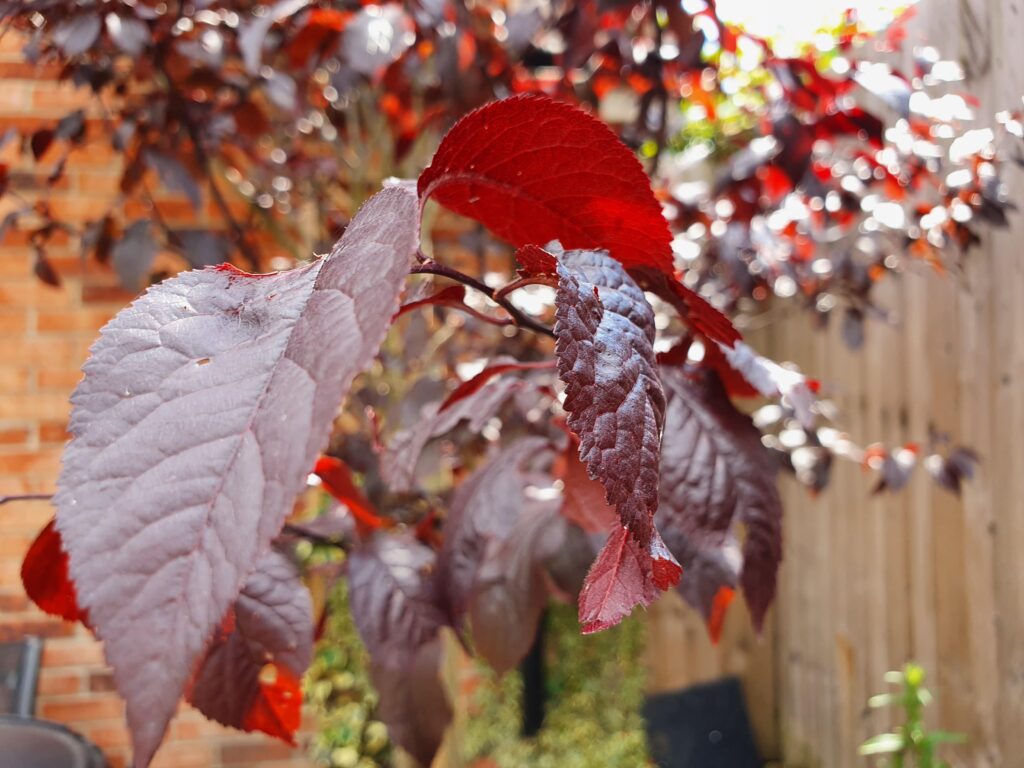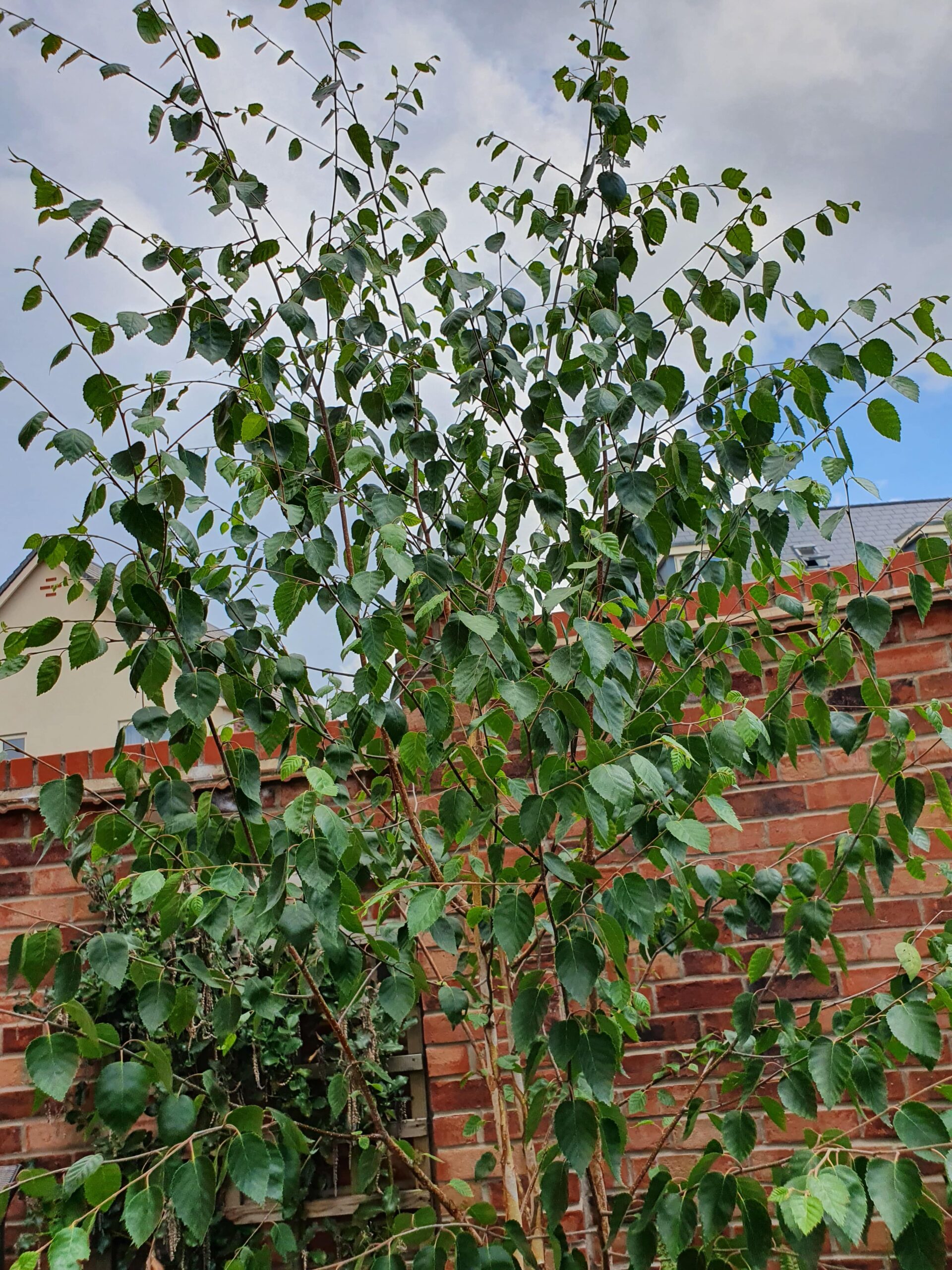
1. Look at how big your tree will grow, and how fast it'll get there.
Some trees grow quickly, some slowly, but it will only become a problem if your tree will grow too big for your garden - one of the best small trees is a multi-stemmed Himalayan Birch (Betula utilis).
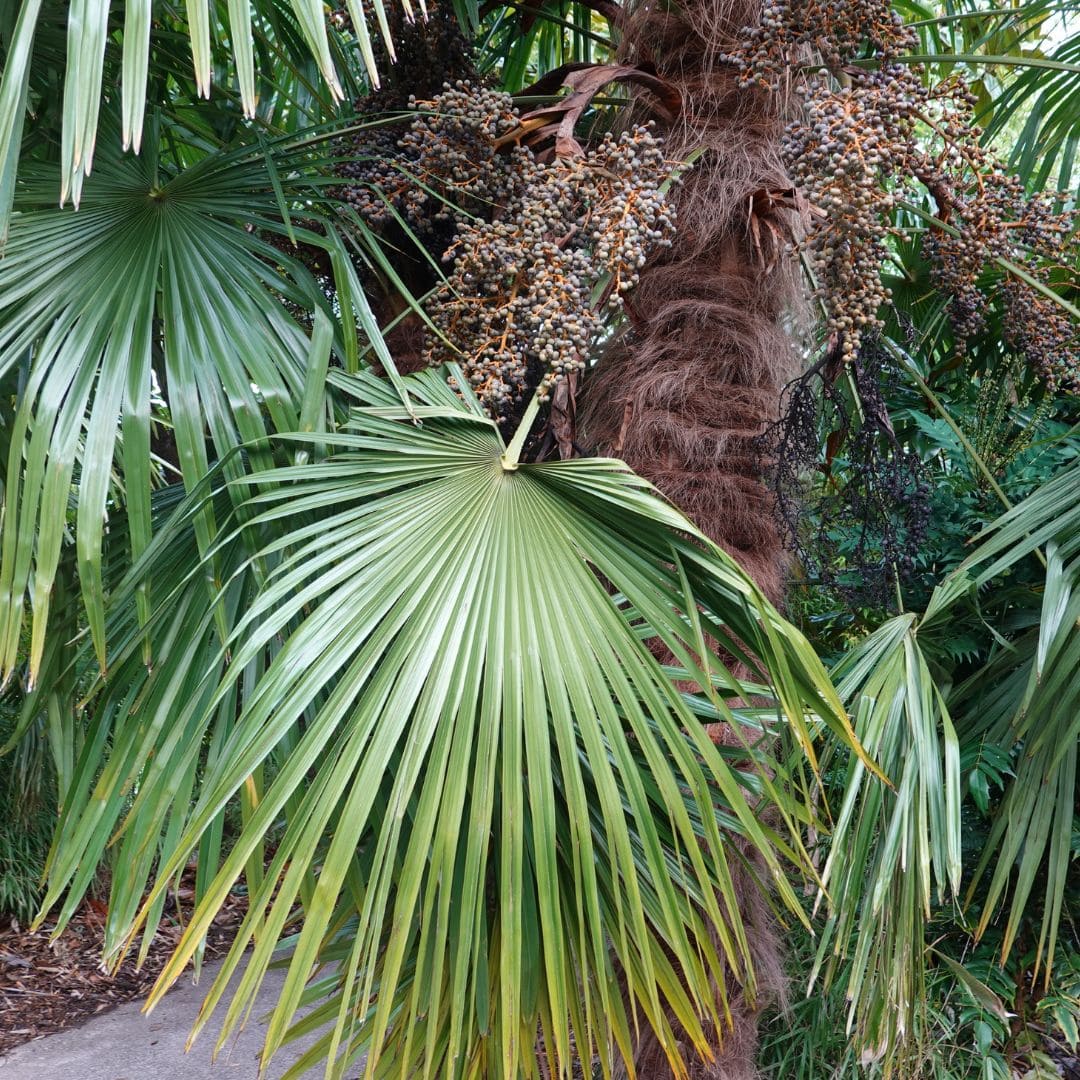
2. Look at the style, colours, and shapes of the surrounding plants and trees to make sure it'll blend in and complement them
Look carefully at your current planting – is it traditional, modern, English Country Garden, minimalist? If you have your heart set on a Windmill Palm (Trachycarpus fortunei), how will that look against your mounded shrubs and cottage garden flowers? If you have nothing but variegated leaves in your garden, will a solid colour blend in or stand out – either can be great, but it has to be done with care.
3. Choose a tree that comes into its own during seasons in which you currently lack interest, i.e. spring blossom, summer leaves, autumn fruits, and winter bark colours.
A garden that lacks all interest in winter can be dull. Choosing a tree with amazing bark such as a Tibetan Cherry (Prunus serrula), or a Paperbark Maple (Acer griseum) can give you something stunning to look at even when everything else is bare twigs! Even better to choose a tree that has interest in more than one season, such as the Juneberry (Amelanchier lamarckii) – with spring blossom, summer berries, and autumn colour.

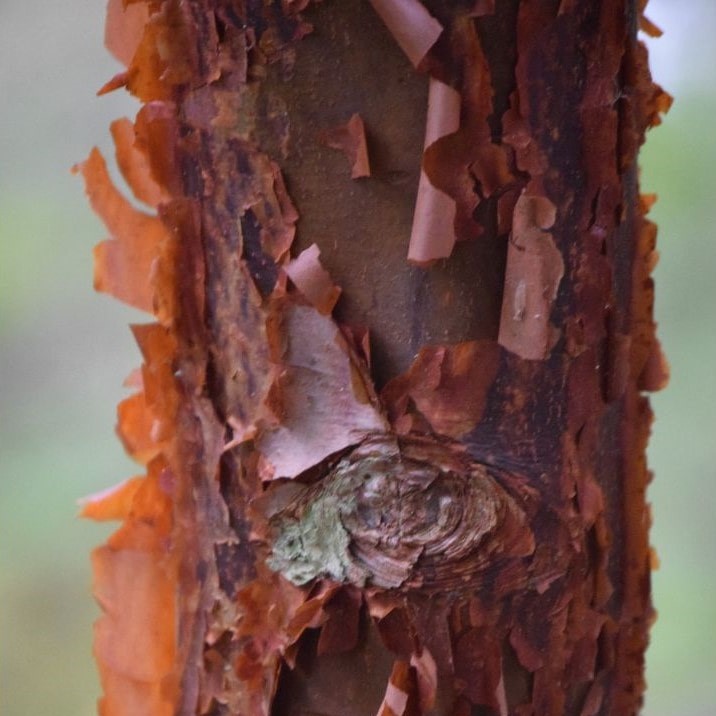


4. Consider whether you want ornamental, edible, wildlife-friendly, or all three!
I love specifying trees with edible fruit in a garden. Most of them have highly attractive blossom in spring, and can be bought grafted onto dwarfing rootstock, so that the tree doesn’t dominate the space. Trees that are UK native or naturalised will also be highly beneficial for our pollinators and other wildlife – and nature needs all the help it can get. A fabulous crab apple with huge colourful fruits is the John Downie (Malus ‘John Downie’), and it’s available on a variety of smaller rootstocks

5. Choose a tree that's been grown locally, so it'll thrive in your climate
Talking of UK native and naturalised trees – those which have been grown in local nurseries will be acclimatised to the local environment, soil, and mycelial population, and used to the various bugs and diseases in your area – developing immunity from a very young age. Planting the tree won’t shock it either as the conditions will stay largely the same – this will allow it to establish quickly and thrive in your garden.
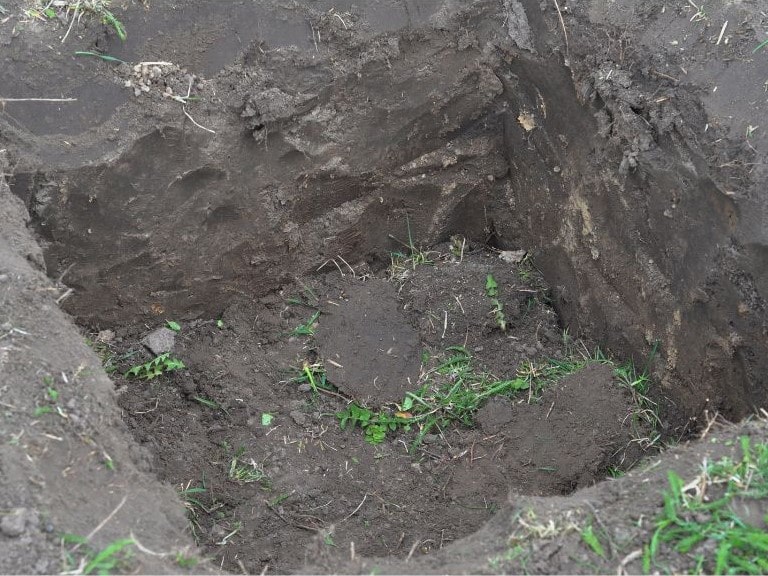
6. Choose a specimen that isn't too big, so it will get established and thrive quickly
Establishing is the process of acclimatising to new conditions, and putting out new roots and now top growth. One reason for planting trees in square holes is so that the roots hit a corner and grow outwards, rather than circling round and round in the rich compost of the planting hole. If you buy too large a specimen – often done for ‘impact’ – the tree might never establish, and will simply slowly die over the subsequent months or years.
7. Choose a tree that has a different growth habit to your current trees - i.e. upright, spreading, weeping etc.
One of the secrets to good design is having a variety of shapes and forms within the garden. Although a row of pencil or Italian Cypresses (Cupressus sempervirens) can be striking, it’s unlikely you’ll have room for them. If you already have some spreading trees or shrubs, choosing an upright cultivar of a small tree like a flowering cherry (Prunus) would introduce another level of interest.
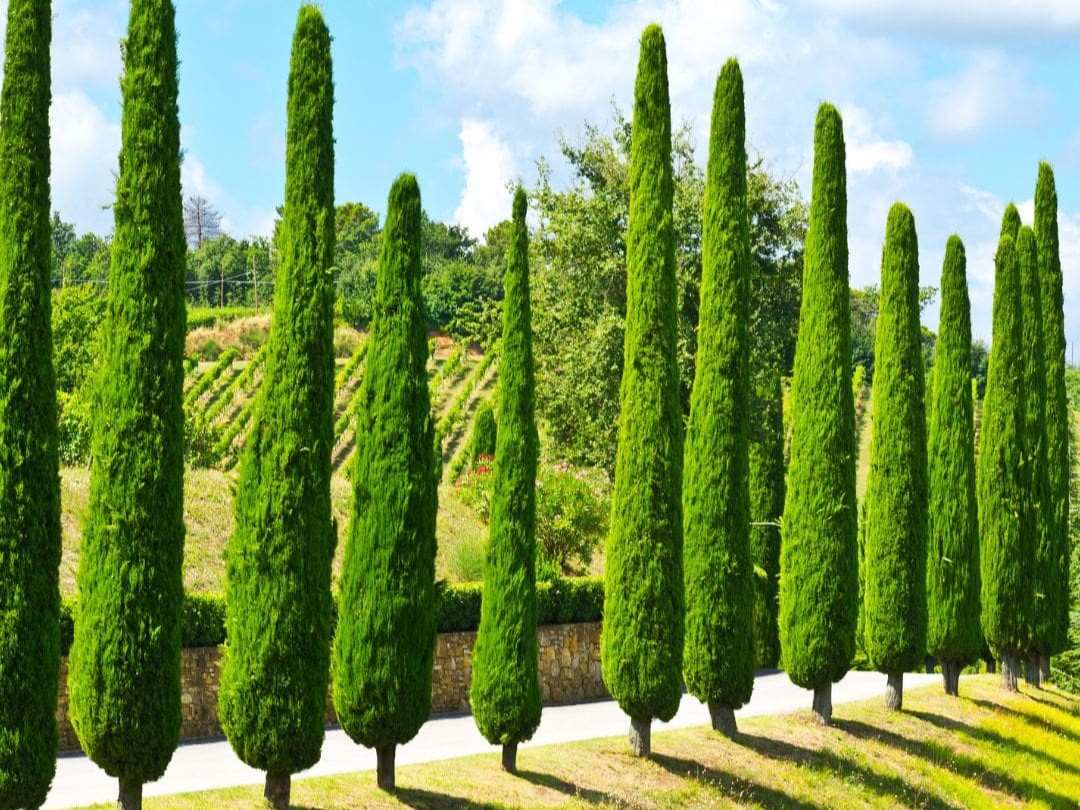

If you’d like ideas for trees suitable for smaller spaces, check out my blog from May 2024.
Winter is the time to order and plant bare-root trees, so if you need a bit of advice to choose the best one at the nursery, give me a call and we’ll go together!

